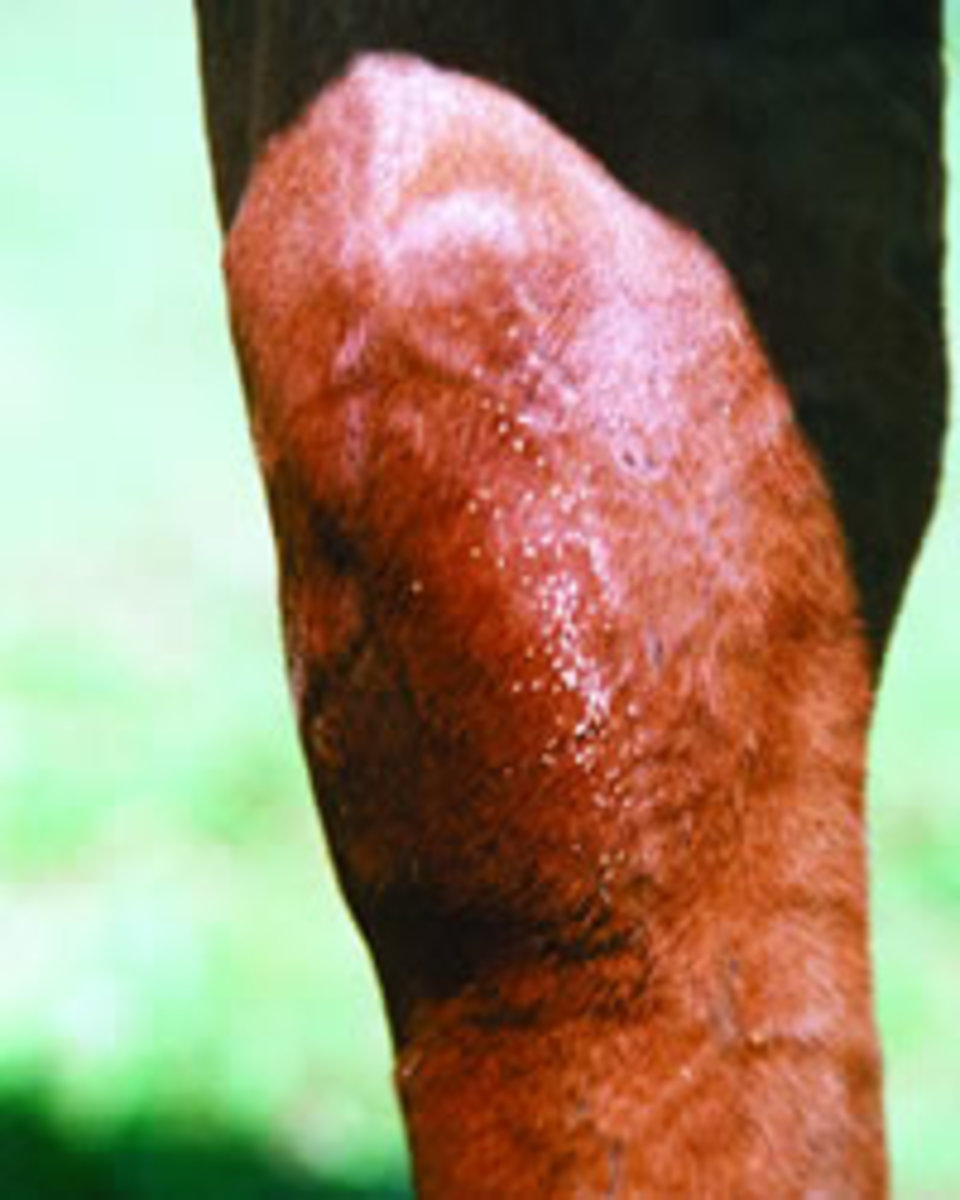Home > Horse Care > Grooming > Banish Bot Eggs
Banish Bot Eggs
- July 25, 2019
- ⎯ Equus
Late summer and early fall is prime time for botflies. You’ll find their sticky, yellowish eggs, shaped like grains of rice, on a horse’s chest, forelimbs, and belly. The eggs are deposited at those locations for a very specific purpose—to be licked off by the horse and ingested.

Once inside a horse’s digestive tract, the eggs hatch and larvae latch onto the horse’s stomach wall. When they mature—at around 10 months—they break free from the wall and are passed out with the horse’s manure. The larvae in the manure develop into flies, and the cycle begins again.
The key to protecting your horse from bots is disrupting their life cycle by deworming your horse and physically removing eggs from his coat before they are ingested. The best time to deworm for bots is midwinter, while they are maturing in the digestive tract. Right now, concentrate on the eggs you can see.
For egg removal you have two options. You can use a bot knife, which has a serrated blade that scrapes the eggs from each hair strand, or a fiberglass bot block, which will not only grab eggs when rubbed over a horse’s coat but will also remove loose hair.
Once the botfly target areas are egg-free apply a thin layer of baby oil to them to prevent new eggs frombeing deposited.





